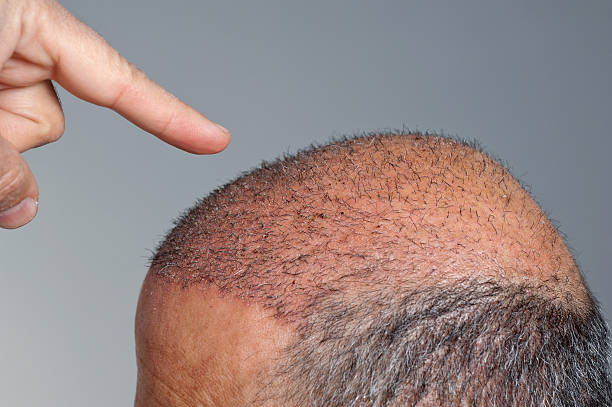The Science of Skin: Deconstructing Eye Bags and Their Treatment
The human body is a complex piece of machinery, capable of performing a myriad of tasks. However, it is also prone to certain signs of wear and tear, and one such sign is the dreaded under-eye bag. These puffy, dark circles are a common sight, especially after a sleepless night or during periods of stress. The skin under our eyes is particularly sensitive and thin, making it prone to changes such as fluid accumulation, fat displacement, and discoloration. While eye bags are not harmful, they are often associated with tiredness and ageing, leading people to seek ways to reduce their appearance.
A Historical Perspective on Eye Bags
Eye bags have been a concern for centuries, with different cultures finding unique ways to combat them. In ancient Egypt, people used a variety of natural remedies like honey, milk, and essential oils to reduce puffiness and dark circles. Meanwhile, the Romans used leeches to drain the excess fluid from under the eyes, while the Chinese turned to acupuncture and herbal remedies. Today, our understanding of eye bags and their causes has significantly evolved, thanks to modern medical science. However, the shared desire to present a youthful and energetic appearance continues to drive people to seek solutions.
The Causes of Eye Bags
The most common cause of eye bags is ageing. As we age, the tissues and muscles around our eyes weaken, resulting in the fat that helps support the eyes moving into the lower eyelids. This causes the lids to appear puffy. Additionally, fluid can accumulate in the under-eye area, adding to the swelling.
Apart from ageing, lifestyle factors also play a significant role in the formation of eye bags. Poor sleep, high salt intake, excessive alcohol consumption, and smoking can exacerbate the problem. Certain allergies and skin disorders can also lead to under-eye swelling and discoloration.
Modern Solutions to Eye Bags
Today, we have a multitude of treatments available to address eye bags, ranging from at-home remedies to high-tech surgical procedures. Many people start with simple lifestyle changes such as getting enough sleep, reducing salt and alcohol intake, and quitting smoking. Over-the-counter creams and gels containing ingredients like retinol, hyaluronic acid, and vitamin C can also help by hydrating the skin and promoting collagen production.
For those looking for more dramatic results, cosmetic procedures such as filler injections, laser resurfacing, and blepharoplasty (eyelid surgery) are options. These treatments, which should be performed by a qualified professional, can help to tighten the skin, reduce discoloration, and reposition or remove excess fat.
The Impact and Reception of Eye Bag Treatments
The demand for eye bag treatments has grown significantly in recent years, driven by a societal emphasis on youthful appearance and wellness. Cosmetic procedures, in particular, have become increasingly popular, thanks to advances in technology that have made them safer and more effective. The global market for cosmetic surgery and procedures is projected to reach $43.9 billion by 2025, with eye bag treatments accounting for a significant portion of this growth.
However, it’s essential to note that no treatment can entirely prevent the ageing process. While cosmetic procedures can provide dramatic results, they also come with risks and side effects. For this reason, many experts recommend starting with lifestyle changes and non-invasive treatments, reserving surgery as a last resort.
The Future of Eye Bag Treatments
As our understanding of skin and ageing continues to evolve, so too will our approach to treating eye bags. Researchers are currently studying the impact of genetics on ageing and exploring new treatments based on this knowledge. For example, gene therapy could potentially be used to strengthen the tissues around the eyes, preventing fat displacement and fluid accumulation.
At the same time, the wellness industry’s growth is leading to an increased focus on holistic and natural treatments. This includes everything from facial yoga to improve circulation and tone muscles, to plant-based skincare products that nourish and protect the skin.
In conclusion, while eye bags may be a common concern, our options for addressing them have never been more varied or sophisticated. Whether you prefer a simple eye cream or a high-tech surgical procedure, there is a solution out there to suit your needs and lifestyle. The most important thing is to choose a treatment that you feel comfortable with and that aligns with your personal values and health goals.





